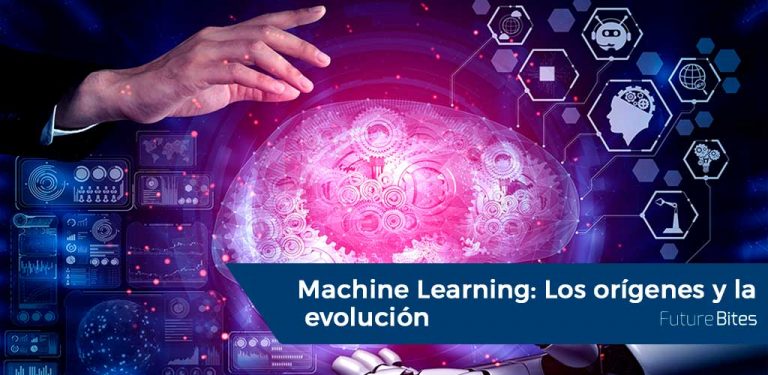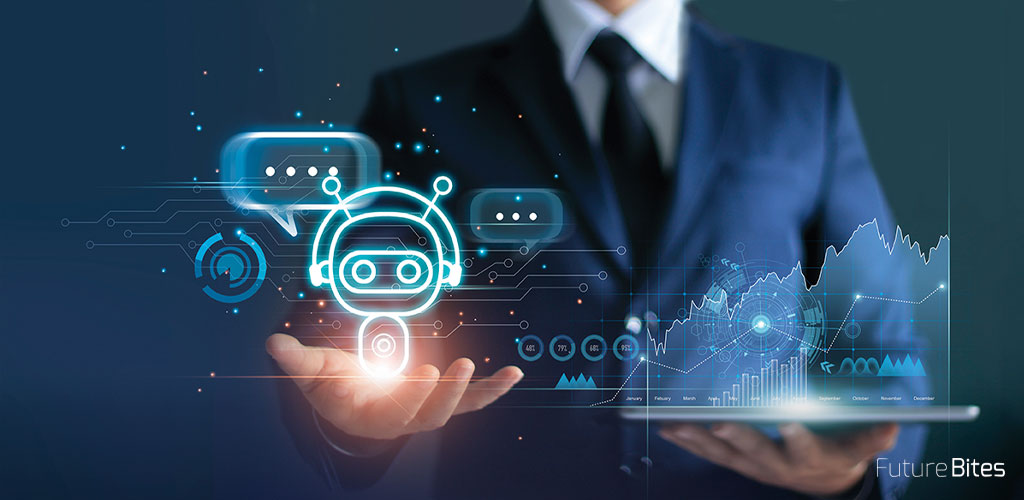The origins of Machine Learning
Much has been said about 'Machine Learning', but not about its origin. Do you know when it really originated, or why we are currently experiencing a real Machine Learning boom?
As modern as this field may seem, we must go back to the year 1950 when the great Alan Turing created the "Turing Test". In order to pass the test, a machine had to trick a human into thinking that he was in front of a human instead of a computer.
We should not forget either the year 1952, when Arthur Samuel wrote the first algorithm that he was able to learn; this consisted of a program that played checkers and improved his game after every game.
Later, in the heart of a conference the term 'Artificial Intelligence' was born to name the new field they were studying in the summer of 1956.
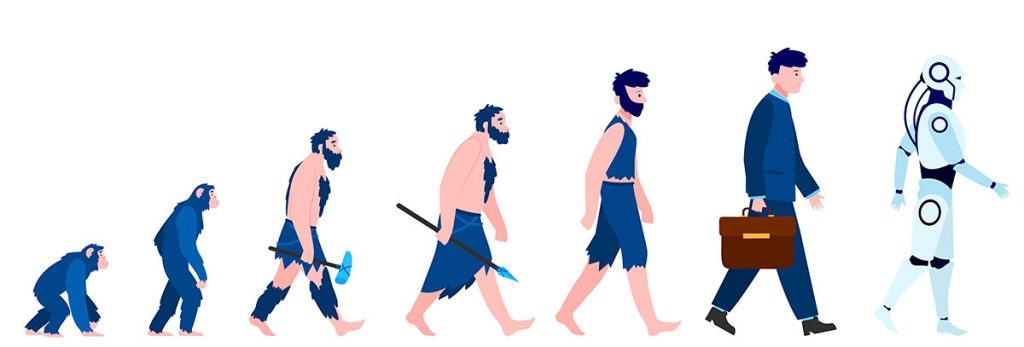
Winter is coming
During the 1970s, the field went through difficult times due to high investor expectations and little progress. In spite of this, in 1967 the 'Nearest Neighbor' algorithm was developed, which is considered to be the birth of pattern recognition algorithms.
Later, in the 1980s, expert systems based on rules were born; this again generated great interest in Machine Learning. But the second and longer winter of Artificial Intelligence will come at the end of the 1980s and will not fully recover until well into the 2000s.
A new protagonist appears
We are at the beginning of 2000, Machine Learning is still recovering from the long winter it has suffered and a young protagonist is about to appear on the scene.
It began to take shape in 2003 when a study was published on a distributed file system, called 'Google File System' (GFS). And it will end up being defined in 2004 when Google presents a new paradigm of distributed processing that it will call 'Map & Reduce'.
While our protagonist grows by leaps and bounds, his father Google does not stop supporting him in his progress and creates the 'Bigtable Cloud' which is Big Data NoSQL's database service. In 2006, Apache engineers bring to completion Google's paradigms in the first Big Data Open Source platform, which they call Hadoop.
Without hardly noticing it, the computing power has increased exponentially and there is a wealth of data available. Our main protagonist, the Machine Learning, has known how to take advantage of the situation and has managed to develop in a spectacular way thanks to the Big Data.
The road you will travel until today will be full of successes and will change your orientation completely. So you will move from being knowledge-driven to data-driven.
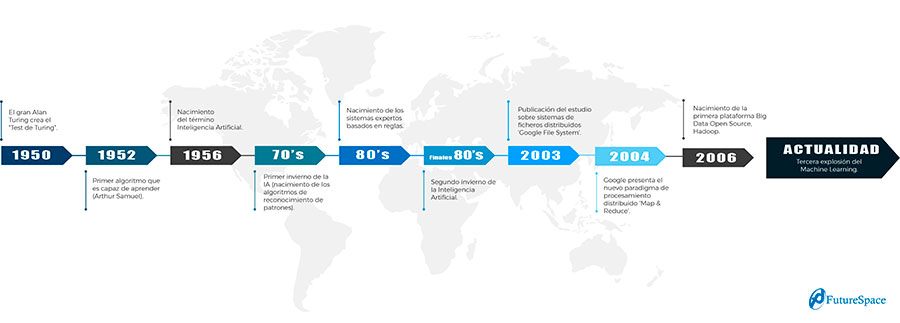
Third explosion
We are currently in the midst of the third Machine Learning explosion, where thanks to advances in the sector, applications are constantly being found in the business world. Reaching the point of creating complete markets and producing significant changes in the strategies of both small and large companies.
More and more business sectors are benefiting from Machine Learning, from the insurance sector to marketing and call centres.
Machine Learning and Artificial Intelligence
We already know the origin of our protagonist, but do we know exactly what Machine Learning is? It is usually used as a synonym for Artificial Intelligence, especially when we talk about Big Data. Let's make both concepts clear before going into more detail in the following articles.
Artificial Intelligence is a broader concept than Machine Learning, which deals with the use of computers to imitate the cognitive functions of humans. When machines perform algorithm-based tasks in an "intelligent" way, that is Artificial Intelligence.
However, Machine Learning is a subset of Artificial Intelligence and focuses on the ability of machines to receive a set of data and learn by themselves, adapting the algorithms as they learn more about the information they process.
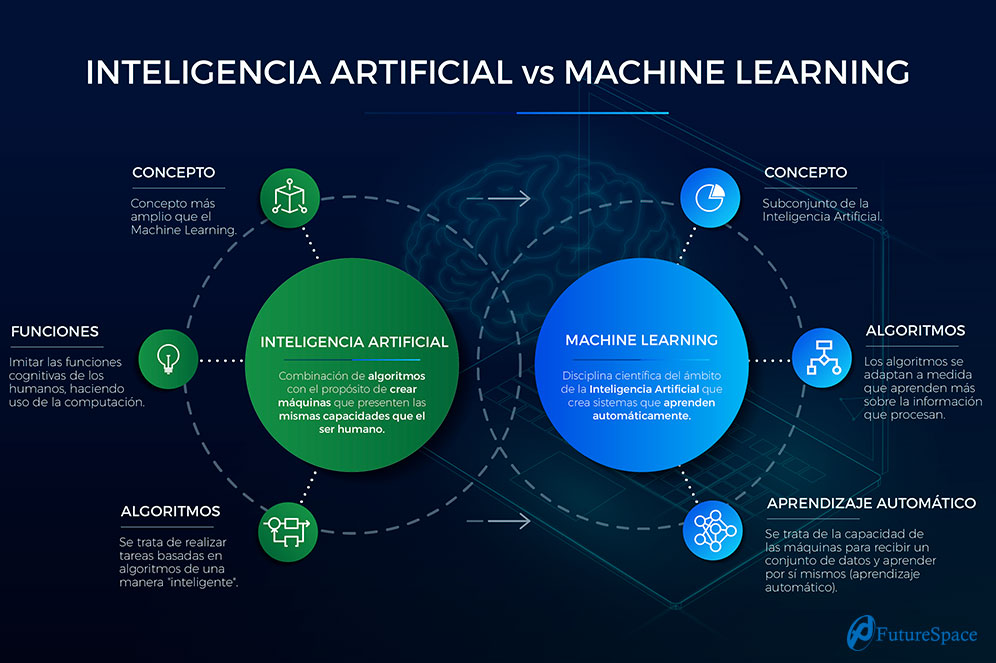
Machine Learning in Future Space
Taking advantage of this power of Machine Learning, there have been multiple projects in which these automatic learning techniques have been used in their development and with this, allow us to achieve the different objectives of our clients.
Some of the projects that we have been able to develop in Future Space with the help of Machine Learning have been
- Detection of car insurance fraud.
- Knowledge of the personality from the fingerprint.
- Money laundering management (AML) with banks
- Help with incident management
- Predicting customer churn
- Manage claims or even predict absenteeism, as we will see in future articles.

